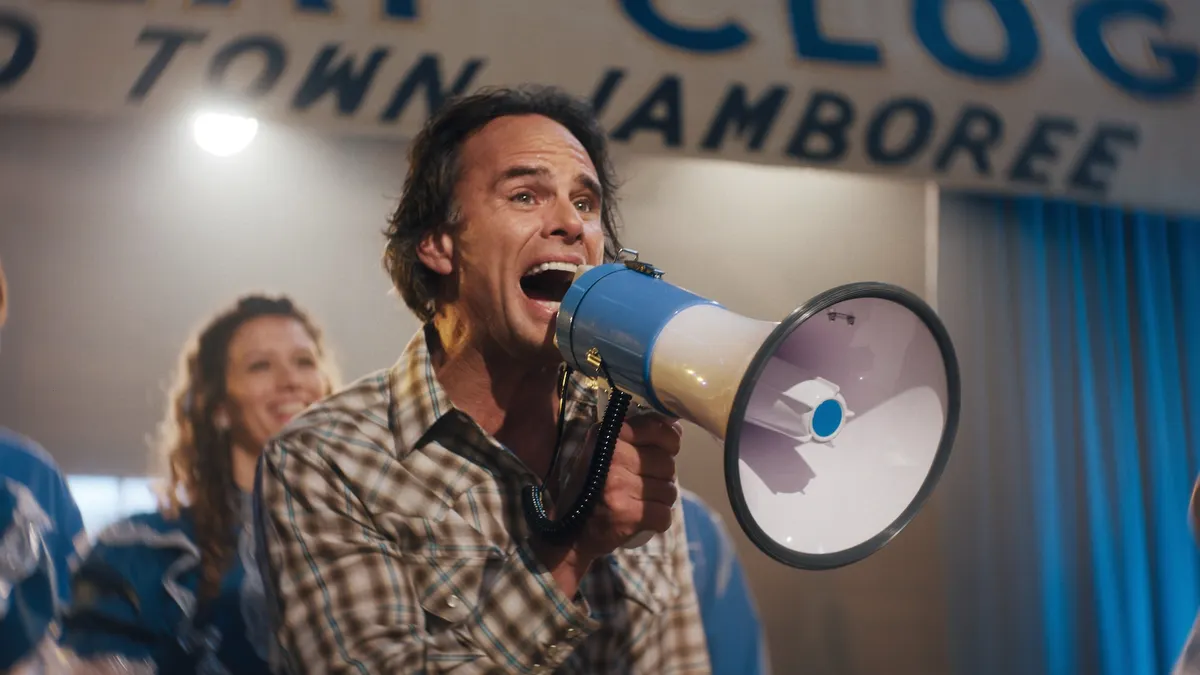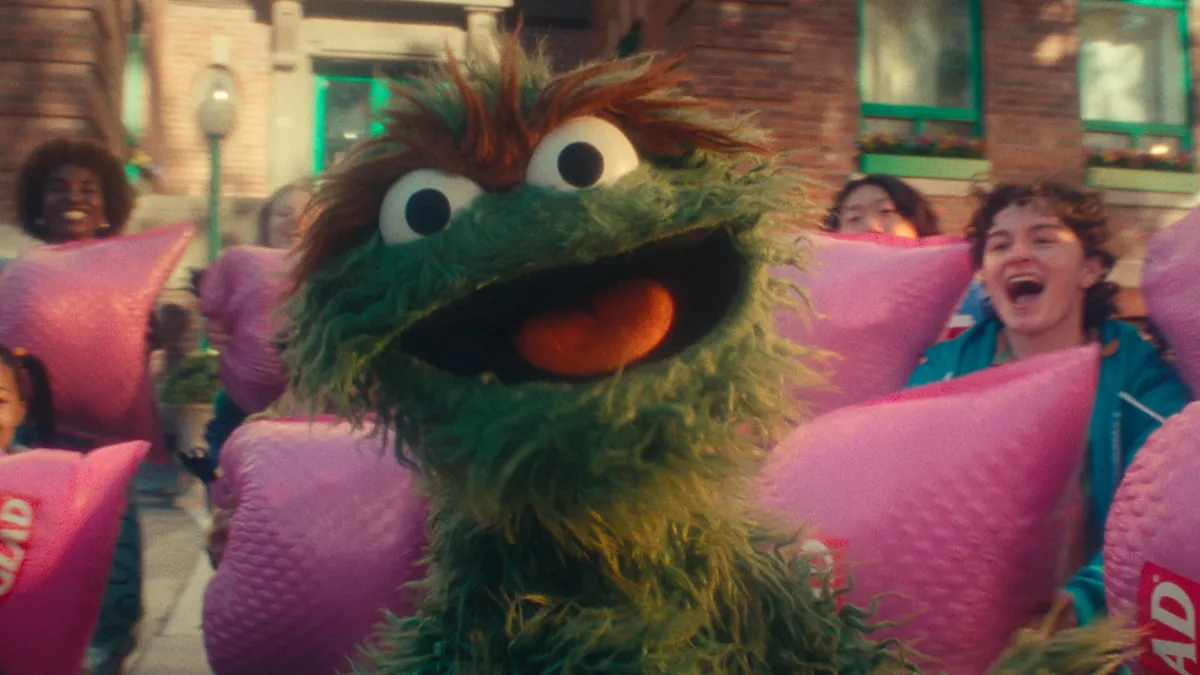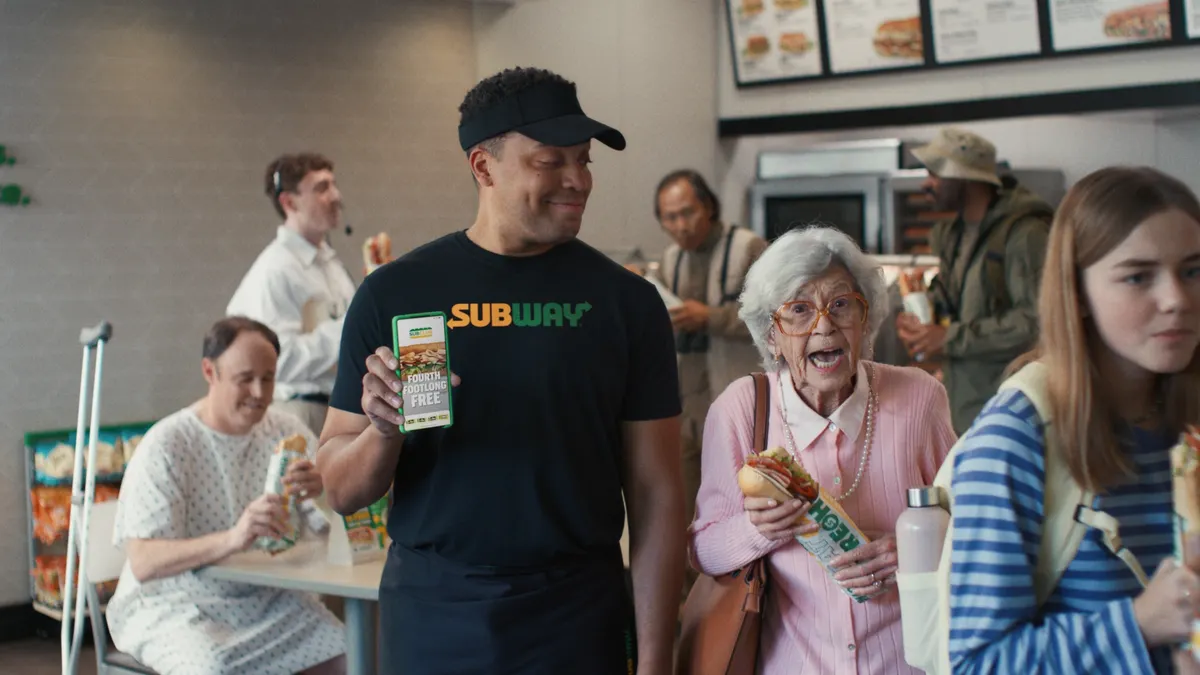In addition to the inspiring athleticism that will be on display during this year's Super Bowl game, a number of cutting-edge marketing tactics will also be in evidence, including a live ad from Snickers, a bigger role for online-only ad buys, unique 360-degree videos and more.
A lot has happened in the marketing space since the last Super Bowl that could impact how brands choose to engage fans, including the launch of Instagram Stories and the meteoric rise of Snapchat. Other factors with the potential to influence marketing strategy this year include declining TV ratings for football games, ongoing cord cutting and the cracking open of societal rifts following the recent presidential election. The Super Bowl, one of the year’s most-watched events, has the potential to bring the country together in a way few other events have in the past few months. As marketers consider how to steer through these murky waters, many will be watching the game to see how others are leveraging available opportunities.
"Standalone TV spots during the game are failing to convert viewers and leave a lot of untapped opportunities," Marika Roque, VP of Digital Activation at Nexstar Digital, told Marketing Dive. "With a price tag of $5 million per 30-second spot, marketers that focus their budget and strategy only on game time will miss out."
So far, in the build up to game day, brands are waiting longer than last year to release their ads online.
What else might be new or different in Super Bowl marketing this year? Marketing Dive spoke to several industry experts to hear what they have to say.
The stakes are bigger than ever
Fox is expected to rake in $500 million in ad revenue for Super Bowl LI, a 7% boost over last year’s haul, while Snapchat is reportedly pushing $5 million Super Bowl ad packages.
Fox is also working with more than 170 local affiliates to dynamically insert local ads into the online live stream of the game, a repeat of a strategy used last year. The broadcaster will also be selling online streaming-only ads for $700,000 per 30 seconds.
"[The strategy is a] departure from years past, when it was go broadcast or go home, and online ads were only an add-on," said Brian Cristiano, CEO of BOLD Worldwide.
Snickers will also run the first live ad during the game.
Digital extensions
With stakes like these, there is a strong argument to be made for leveraging digital to make the most of a Super Bowl investment and give fans a reason to engage with a brand before, during and after the game.
"The advertisers that will be the most successful (outside of having memorable and talked about ads) are the ones who figure out how to integrate themselves across all channels and platforms," said Cristiano. "It's not enough to buy 30 seconds on Fox that night. They need to have a strategy in place on how they will tease it, or pre-release it, and then generate ongoing chatter and engagement leading up to and after the Super Bowl."
A couple standout examples of digital extensions are already apparent.
PepsiCo laid out a multi-platform marketing strategy for Super Bowl LI Tuesday that includes a partnership with Snapchat for live content and in-game lenses, an AR experience and social influencers.
Intel's Super Bowl campaign includes user-generated 360-degree video.
Online ad previews
Marketers have made use of digital platforms during the Super Bowl in the past.
Last year, a notable development was the number of brands releasing their ads early on social media, a trend that seems to have cooled somewhat this year.
Overall, marketers are doing a better job of taking advantage of digital video's more interactive and immersive capabilities rather than simply porting ads over to YouTube or Facebook, which could explain why they haven’t been as swift to preview ads online. Additionally, the Super Bowl may be one of the few times during the year when TV still reigns supreme.
"We’re crossing a threshold where online streaming is becoming more and more relevant," said Cristiano. "And on any day outside of Feb. 5, I would give it more value than TV. However, the bulk of the attention and views (by far) will be on broadcast TV — one of the few times that broadcast actually has the advantage to digital and live-streaming."
Social strategy
Social media as part of multi-screen behavior should be important for savvy marketers, said Molly Schweickert, head of digital at Cambridge Analytica. People might be watching the game on their couch, but they are also scrolling through social media to see what friends are talking about and joining in the conversation.
Platforms that offer conversation opportunities like Facebook, Twitter and Snapchat should be winners, and even Google comes into play with YouTube, although that tends to be more of a "next-day scenario and not real-time," per Schweickert.
The Super Bowl could be Twitter’s night to shine, despite the platform’s ongoing challenges, as viewers look to engage in real-time conversations about the game. However, numbers were down for the platform — as well as on Facebook — during last year's game. With consumers and marketers more wary of social media thanks to the proliferation of fake news, second-screen engagement could see another year of declines. If the game draws a big enough audience and delivers some exciting moments, social engagement could rebound, pointing to the power of a live events coupled with social media for unifying consumers.
Last year, Instagram didn’t have its Stories feature, which has proven popular and could be a factor this year, Cristiano pointed out.
Snapchat has also grown significantly since last year. However, Cristiano insists Snapchat won’t be a match for Twitter or Instagram in engagement or exposure because of its closed-off ecosystem that doesn’t allow for conversations outside of users' current friends. Even if Fox or the NFL deploy content on Snapchat, he expects the bulk of social media engagement to happen on Twitter.
TV or not TV?
One of the big stories during the current football season is a drop in ratings and ad revenue. Professional football still pulled in Nielsen numbers that would make any other broadcast throw a victory party, but the trend was definitely down over recent years.
Part of the drop is ascribed to the presidential election taking up the public's attention. Some fingers also pointed to how the NFL has become a year-round news and media machine that doesn't give fans an offseason during which anticipation can build.
Any travails the NFL experienced with ratings over the course of the football season may not translate to the Super Bowl, which is one of the few TV franchises where the audience hasn’t been eroded by the explosion of channels and shows, per Cambridge Analytica's head of TV Ed DeNicola.
"Super Bowl ratings are higher today in a 300-plus TV channel world than they were back in 1967 when there were only a handful TV networks," said DeNicola.
Whether ratings for the Super Bowl are down or not may not even matter for marketers, given how football fans and non-sports fans get together and diligently watch and discuss the game as well as the commercials.
"I would be surprised if we see a significant decline this year, and advertisers shouldn’t focus on whether 110 million or 105 million people tune in," said Cristiano. "They still get the major impact they want."
Outside of the Super Bowl, advertisers who typically buy ads during sporting events should be taking a close look at how they are allocating their media budgets.
"TV viewership is declining rapidly," said Cristiano. "ESPN and the NFL losing viewership is the least of their worries — what they are not paying attention to is the fact that, during normal games and broadcasts, viewers are not paying attention to the ads. They are jumping on their phones and loading up their favorite social media app.
"Advertisers really need to start figuring out how to drive video views and engagement on platforms like Facebook, where true engagement is happening," he said.


















